Damn! After some basic arithmetic, I have discovered that the last time I wrote this blog (Frame of Mind) for vurbmoto was eight years ago. A lot has happened since those days—for all of us here at vurbmoto. I went on to start my own business which became somewhat known as a documentary web series I shot and edited about professional and amateur dirt bike racers which pissed off a lot of people in industry (yes, the last season is coming this year). That business was my life for five years before I decided it was time to move on to be 100 percent independent earlier this year. I married my best friend, we adopted our little pooch, Eleanor, I finally moved into the narrative space of filmmaking DP’ing a feature film, two short films, and a sci-fi episodic TV pilot and, I also met and worked with a childhood influence of mine: Tom DeLonge of Blink 182, Box Car Racer, and Angels & Airwaves.
For those new to vurbmoto and unfamiliar with the Frame of Mind blog, simply put, it is/was an outlet for me to discuss cinematography, my influences, my approach/style, and an opportunity to breakdown some of my own work to share insight of how it was created and what the process looked like. Oh, and also discuss how much I actually suck behind the camera. It also allowed me to share a bit about myself, personally, and why I am, as Wes Williams dubbed me many moons ago, a lone wolf within this industry. So, when Wes called me to say that he was officially going to bring back vurbmoto and asked me to rejoin the team upon its relaunch, I felt that bringing back this blog was an imperative piece of that puzzle. Actually, that’s dramatic. Frame of Mind isn’t that imperative to this website, but Wes loved the idea, so… YEAH!
Now, in a new decade, and the relaunch of vurbmoto here, it felt only right to have our first installment of FoM be a discussion with me, myself, and I about the shape and direction that vurbmoto took the sport of dirt scooter video camera pointing.
I’ve said it before, and I’ll say it again, but I will always maintain that Jeremy McGrath’s segment in Terrafirma 2 at Castillo Ranch will forever be the holy grail of dirt bike videos and movies. Between what Fox did with that series, the Crusty Demons series, and other dirt bike films of the 1990s like Frezno Smooth, Full Power Trip, Disturbing the Peace, and Chapter One (circa 2000) it was unlike anything we will ever see again. While this is a wildly subjective opinion, I will stand by that opinion armored with facts if called to war to defend such opinion. After these films, Troy Adamitis (director of Frezno Smooth) came in hot circa 2002 with The Great Outdoors documentaries, which really shaped my interest in dirt bike storytelling. However, I believe it wouldn’t be until 2009 that we got the next big thing that could hold a candle to the punk rock days of the ‘90s.
From 2006 to January or February of 2009, I spent my days working nine to five jobs while contributing as a stills photographer to TransWorld Motocross Magazine (pre-social media, pre-iPhones, when print ruled) and, eventually, landing my first-ever industry job as associate editor at TWMX in December of 2007. At the time, while vurbmoto was a thing, I had never heard of it. Our focus inside that Tustin, California, office was doing what we could to be number one when compared to Racer X and a few other major print publications. An amateur dirt bike site like Vurb was never on our radar. Never a thought.
In early 2009, I moved onto RG3 Suspension handling their photo and video needs. It was there where I discovered what Vurb was and what they were doing. And, to say the least, I was impressed. And then, Wes released vurbmoto’s feature length DVD, EPIC. And, well… That changed everything.
EPIC had the influences of the ‘90s and early ‘00s dirt bike films and elevated it to a whole other level that I, nor anybody else saw coming. HD cameras, Kessler Crane Pocket Jibs and dollies, vibrant and saturated colors, and one of the most unique and fun musical soundtracks since the days of the Terrafirma and Crusty films, it was a punch in the face that the sport didn’t know it needed. Specifically, for me, I tell Wes to this day, Nico Izzi’s segment in EPIC is our modern day MC at Castillo Ranch in Terrafirma 2. Everything about that segment, to me, 11-years later, stands the test of time. The colors, the weather, the jibs, dollies, the song choice… I could go on. Again, this is all a subjective opinion as we all interpret art differently. So, speaking for myself, it really changed the way I looked at shooting a dirt bike video. Coming from a stills background, I already had a slightly different approach to composition for video and, when I saw Izzi’s segment in EPIC, that really solidified the artistic approach and direction I wanted my work to have.

PC: Brandon Carter 
PC: Brandon Carter 
PC: Bre Parton 

PC: Dylan Wineland 
PC: Dylan Wineland 
PC: Stu Alfano 


PC: Stu Alfano
Now, certainly, I have never come close to creating anything that is in the realm of that Izzi segment, nor will I ever. But, one time I did light up the entire KTM Supercross test track at night and made Andrew Short ride it the night after the Washougal National from about 8:00 p.m. to 3:30 a.m. for a shoot. And then several days later he broke both of his arms testing and everybody thought it was on my shoot because I made him ride SX at night the day after an outdoor. So, I mean, I have that going for me, right?
Joking aside (though that is a true story), what I did take away from that segment in EPIC and slowly apply to my work was camera movement: dollies, jib, etc. At that time in dirt bike filmmaking, it was such a unique way to separate yourself from others by having a jib shot or a dolly push of some sort. And then, if you were doing color correction and color grading, holy hell. That was some shit! There was only a few us doing these things at that time: Wes and Mikey Neale are a couple that come to mind and really inspired me creatively to do these things to stand out, even if people hated it. And, let me tell ya, boy did people hate my stuff. (I assume some or most people still hate what I do with a dirt bike video.)
But, that’s a positive thing. I have always had what I guess you could call a cinematic approach to pointing a camera at dirt bikes. And, it really comes down to being selfish and doing exactly what I think is cool to me and what I feel like I want to watch. From pieces like Surrender ft Chris Alldredge to A Test of Time ft Andrew Short, I applied ideas and inspiration from the early days of vurbmoto into my work and expanded on it in how I see the world around me. And, that’s pretty damn cool. Now, in 2020, I still pull from these concepts, but with what I hope is more discipline. I’m not doing a crane shot just to do it because it’s cool. Now, I am only doing it if it truly helps serve the story. If it doesn’t serve the story and I am only going to do it because it’s cool, well then I am not going to do it because then to me, it becomes distracting. But, I’ll save all this nonsense behind camera movement for, maybe the next installment of Frame of Mind?
In closing, in the mid-to-late 2000s, vurbmoto really changed the game of dirt bike filmmaking and influenced an entire crop of younger dirt bike video camera pointers out there to pick up a camera and go create. The dream was to always have your dirt bike video featured on vurbmoto because, if you achieved that, it meant you were doing something unique from everybody else.
Now, vurbmoto is back! And, I sincerely believe this new iteration of Vurb will revive the ghosts of the past and again change dirt bike filmmaking, taking what has become a somewhat stale and repetitive genre or recycled ideas and, in turn, inspiring kids to go create truly unique videos and be proud and confident in themselves to be thinking outside of the box, pushing their creative limits to find a home within our vurbmoto community.


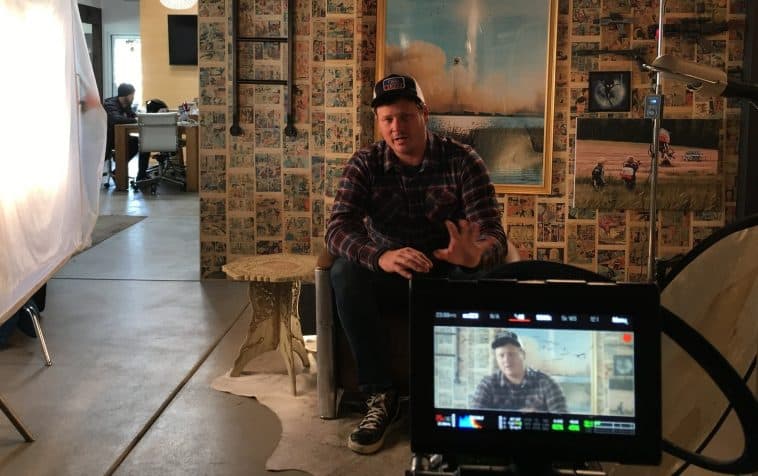
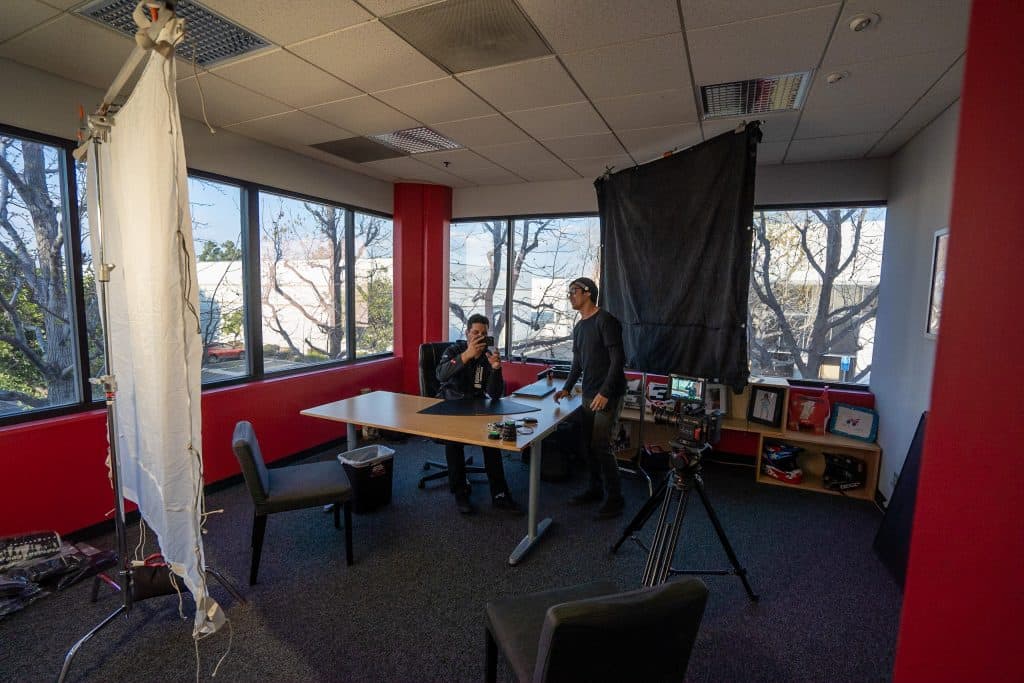

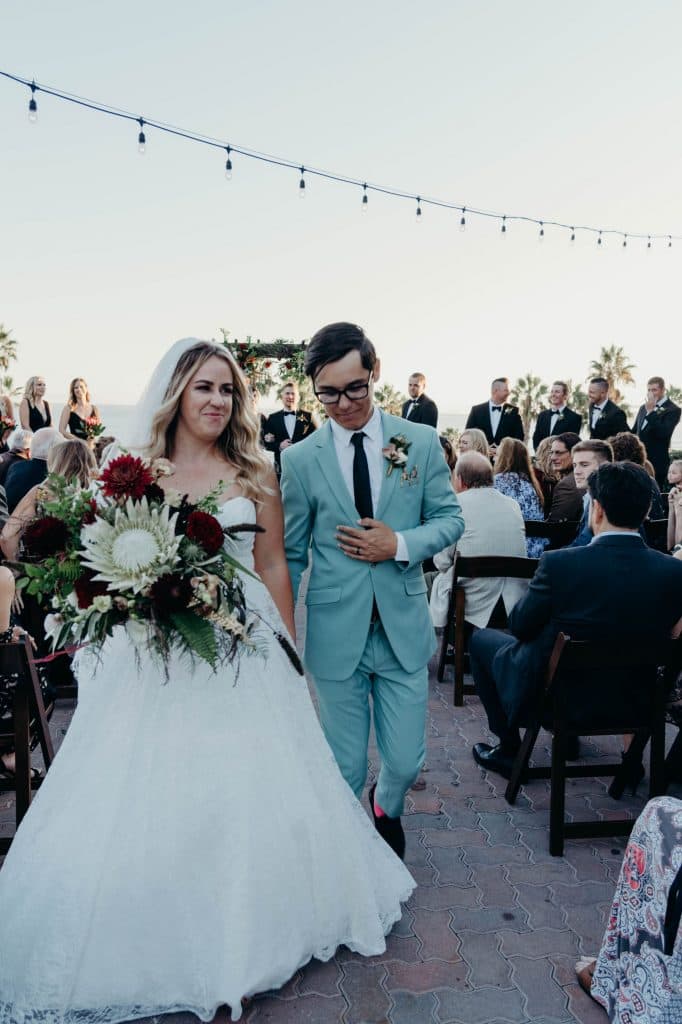
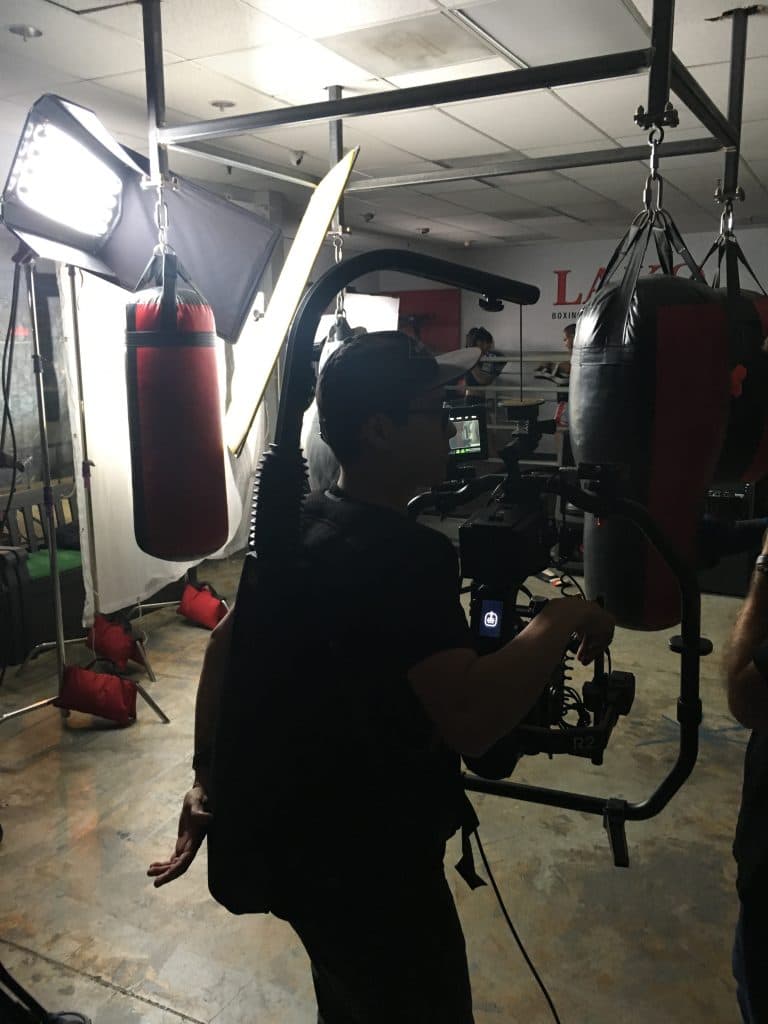

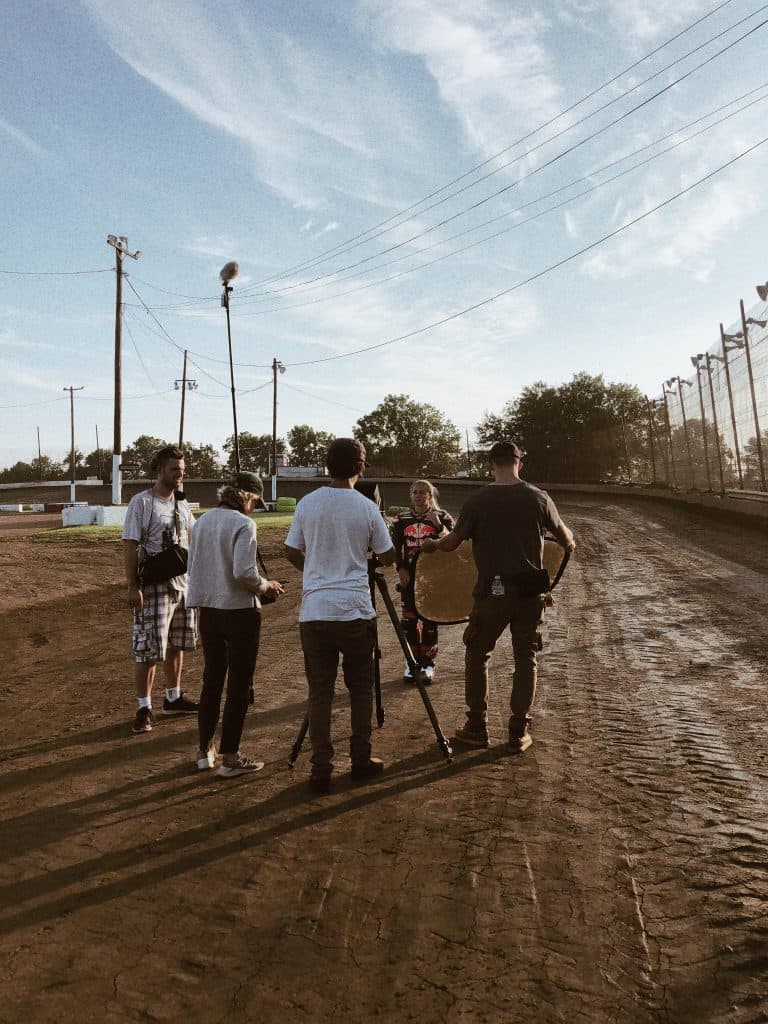
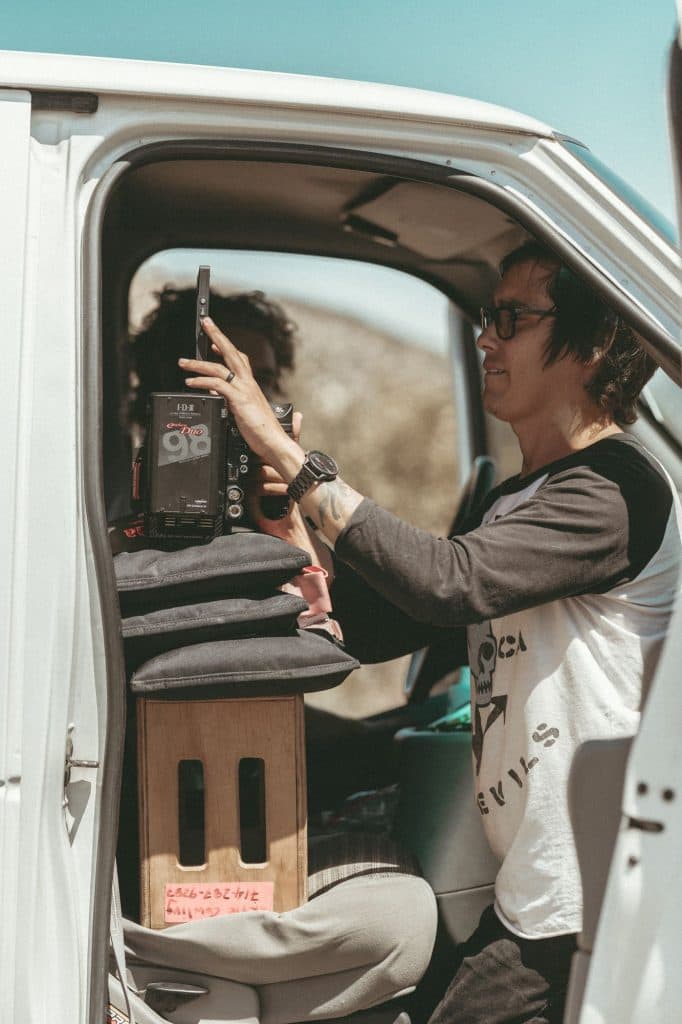






Great article. I’m glad this is all coming back.
yaaaaa boys!